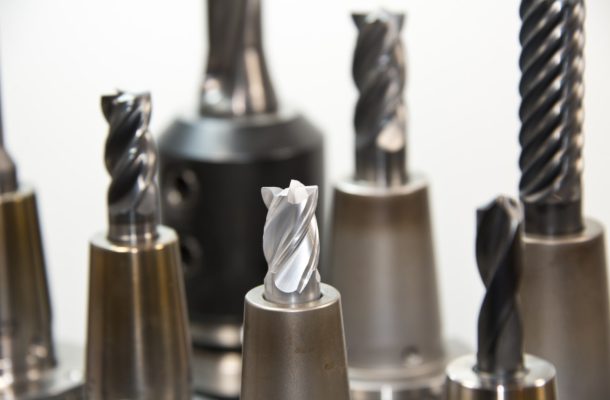Building the resilience of Australian manufacturers

Australia is currently home to one of the most volatile manufacturing industries in the world. Opportunities for companies to protect themselves against these economic ups and downs is the topic of the Commonwealth supported Advanced Manufacturing Growth Centre’s most recent report, Building Resilience in Australian Manufacturing.
Resilient firms are defined as those that outperform their industry in a downturn, with higher earnings than average companies . The report identifies three strategies for building resilience and how manufacturing leaders can use these approaches for continuing success .
“The AMGC’s Sector Competitiveness Plan identified ways to drive competitiveness for Australian manufacturers, but there was a n ingredient we found that needed to explain long – term performance, namely resilience,” said AMGC’s Managing Director, Dr Jens Goennemann.
“Instead of seeing parts of Australia’s manufacturing base being wiped out in the next downturn, let’s rather learn how some of our manufacturers adapted and survived in such times of contraction.”
From 1996 to 2015, the period examined by the report’s researchers, and even without a recession, the manufacturing sector expanded to above and below 20 per cent of its trend size. This 20 per cent deviation compares to 14 percent in the UK, 10 percent in the US, and 8 percent in Germany.
For one in three Australian manufacturing businesses, the loss of one customer would have a moderate to significant impact on their business. For one in 10 manufacturers, the loss of one customer would force their business to shut down.
Building Resilience in Australian Manufacturing outlines what drive s resilience, with 70 per cent of resilient manufacturers exhibit technical leadership, 64 per cent produce a diverse product offering, and 54 per cent have business models t hat allowed for high flexibility.
The characteristics of resilient manufacturers in this context are highlighted through the report’s case studies
One manufacturer, for example, Sutton Tools, benchmarked themselves against the world’s best and decided to bolster its technical leadership through a dogged commitment to research and development.
“We stuck at it, not only for the pride of getting that product to successfully work, but more importantly what it did for all our other products and our manufacturing processes,” explains Managing Director Peter Sutton on their demanding but rewarding decade-long R&D project.
The report outlines three business factors important in building resilience :
• Superiority : superior firms possess an unassailable competitive advantage by offering technically superior products or services that are unique within the market, and highly valued irrespective of accompanying conditions.
• Diversity : diversified firms possess a competitive advantage across many product segments, s ervice offerings or geograph ically diverse export markets. This enables them to respond to shifting consumer tastes or reduced overall demand.
• Flexibility : flexible firms possess an agile business structure allowing them to manage fluctuations in input costs or change industry focus in the event of a downturn .
The Advanced Manufacturing Growth Centre is an industry-led organisation established through the Australian Government’s Industry Growth Centres initiative.
The vision for the Advanced Manufacturing Growth Centre is to develop an internationally competitive, dynamic and thriving Australian advanced manufacturing sector that is critical to the long – term health of the economy and the nation.
The Industry Growth Centres Initiative is an industry – led approach driving innovation, productivity and competitiveness by focusing on areas of competitive strength and strategic priority. This will help Australia transition into smart, high value and export focused industries.
The Initiative enables national action on key issues such as collaboration, commercialisation, international engagement, skills and regulation reform. It drives excellence, not dependence, and will create an economy that ensures Australia’s ongoing prosperity.








